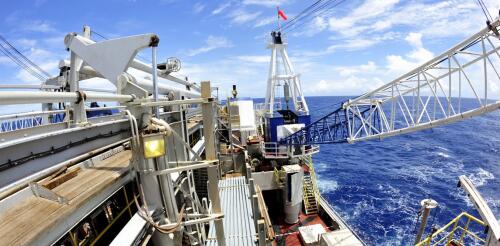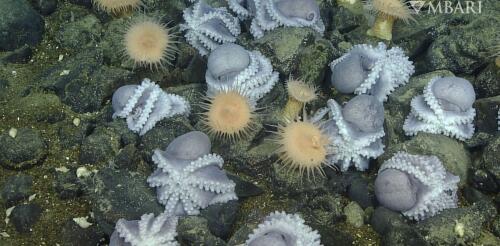Ocean floor
My favorite place in the world isn’t a fixed location. It’s the JOIDES Resolution, an internationally funded research ship that has spent its service life constantly on the move, from deep in the Antarctic to high in the Arctic. Since 1985, scientific expeditions on this one-of-a-kind oceangoing laboratory have drilled 230 miles (370 kilometers) of sediment and rock cores – long cylindrical samples that provide a unique view of the ocean floor. The cores come from a thousand different locations, enabling scientists from many universities around the world to explore changes within the Earth. They also provide a window into our planet’s history. The ocean floor preserves a geological library that documents millions of years of climate change and evolution. The JOIDES Resolution leaves Honolulu in 2009. IODP/Wikipedia, CC BY Sadly, the JOIDES Resolution, also known as the JR...
Two miles below the ocean surface off Monterey, California, warm water percolates from the seafloor at the base of an underwater mountain. It’s a magical place, especially if you’re an octopus. In 2018, one of us, Amanda Kahn, was aboard the research vessel E/V Nautilus when scientists discovered the “Octopus Garden.” Thousands of pearl octopuses (Muusoctopus robustus) were curled up into individual balls in lines and clumps. As Nautilus Live streamed the expedition online, the world got to share the excitement of the discovery. We now know why these amazing creatures gather at this and other underwater warm springs. Scientists with the Monterey Bay Aquarium Research Institute take viewers on a journey to Davidson Seamount in a video narrated by Jim Barry, an author of this article. Credit: © MBARI. In a new study involving scientists from several fields, we explain why octopuses migrate to the Octopus Garden....

